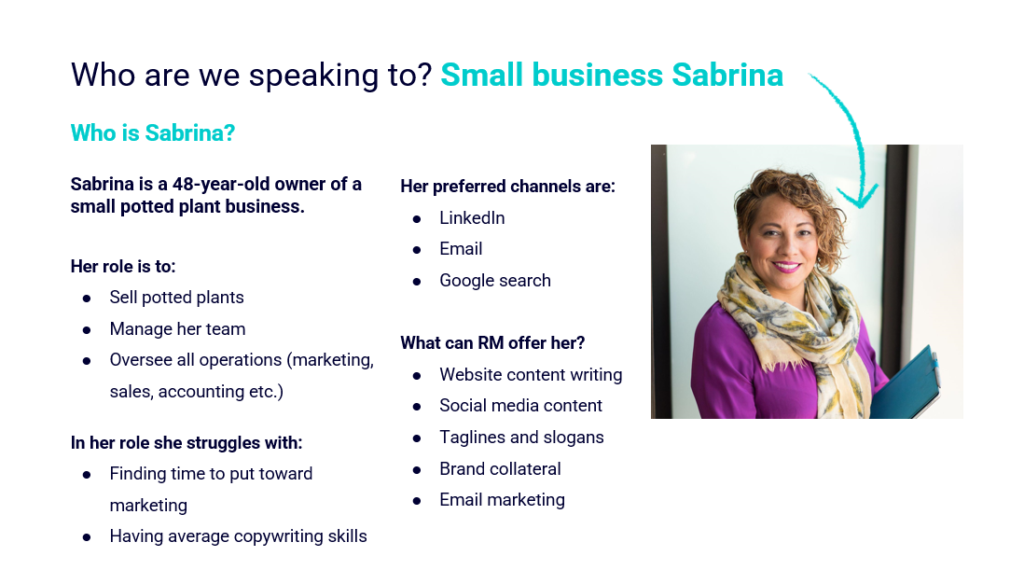
06 Dec Hurry! This way! Better blogs await! 7 tips for penning the perfect post
Is your blogging giving you a flogging?
I feel you. Writing a blog can be a slog. Like walking through a fog. Being stuck in a bog. Or…going on a long jog.
But don’t fret – because blogging doesn’t have to be a chore. Or a bore. (Alright, I’ll stop.) In fact, in just seven tips – and about eight minutes of reading – blogging will be fun. Why?
Because you’ll have everything you need to know to approach your next (or first) blog post with confidence. To understand your goals and audience. Shrug off the shackles of SEO. And to structure and write a blog you’re proud of – without fear of floundering. Or flogging.
1. Understand your goals to articulate your expertise
Google ‘how to write a blog’, and you’ll get a million articles on the subject.
Read 999,999 of them, and the first step is ‘know your audience’.
I disagree. Because before you get acquainted with your readers, you need to get acquainted with, well… yourself!
Ask yourself what your motivations are. Do you have expertise in a subject? Experience? Or simply a passion you’re bursting to share with the world?
Expertise, authority and trustworthiness are key in the blog-eat-blog world of writing. (As E-A-T, an influential part of Google’s algorithm, proves.)
So before you put pen to paper (or, more realistically, fingers to keyboard), figure out where your subject matter authority is going to come from. Clarifying this first will help you do the same to your readers later – and give your blog a solid foundation.
(Don’t have the expertise? Don’t fret – you can build it. Enthusiasm is as good a place to start!)
2. Get to know your audience
“I think that every writer has a single ideal reader; that at various points during the composition of a story, the writer is thinking ‘I wonder what he/she will think when they read this part?”
Stephen King, On Writing
Okay – now it’s time to get to know your audience!
There’s a bunch of ways to do this, but – in the words of the King himself – you’ll need to start with some concept of your ‘ideal reader’.
At its most basic, this will be someone interested in the industry or subject matter you blog about. If you’re blogging about horror movies, your ideal reader is someone who’s seen The Exorcist seven times. If you’re posting about pasta, it’ll be a person with a penchant for penne!
However, in business blog writing, the profile of your reader will be more nuanced.
What’s their likely job title? Their goals and struggles? Where does their social media footprint fall heaviest, and what’s their go-to information source?
Here’s where customer personas come in: descriptions of fictional target customers – with information about their goals, desires and pain points.
Take ‘Small business Sabrina’, for instance: one of Refresh Marketing’s own, homegrown personas.

Sab reminds our copywriters who our ‘ideal reader’ is. Knowing she struggles with the time and skills required to write helps us help her – in this case, with blog writing.
She’s our muse. Before you begin blogging, find yours!
3. Don’t be a slave to SEO
In blog writing, SEO (search engine optimisation) gets a lot of fanfare. It also tends to be one of the first things aspiring blog writers stress about.
Is SEO complicated? Yes.
Do you need to know everything about SEO to write a good blog? Absolutely not.
Should you compromise the quality of your content to stuff in keywords? No friggin’ way!
Remember, the whole point of SEO is for your content to rank well enough in Google so that someone will read it. But if the writing is so bad that visitors click away, straight away? Well… what’s the point?
Ranking in Google is a means to an end. It gets the right people to your blog and brand.
But with mediocre, unhelpful content, it’s really a dead end! (And anyone telling you otherwise is full of blogging bull!)
Plus, one of the best ranking factors is high quality content. So understand the keywords, sure – just don’t be a slave to them.
4. Sort your structure
Before you dive into the diction and start writing, you’ll need a structure.
Monsieur Macquarie defines ‘structure’ as ‘the arrangement of and relations between the parts or elements of something complex.’
Whoa. Talk about something complex!
Your blog doesn’t need to be complex. But it does need to be arranged logically. And simple enough for your readers to understand and navigate.
To this end, you have one best friend. Headings… subheadings. (Cue James Bond intro music.)
Subheadings break up your content into digestible thematic chunks. They act as valuable signposts for the reader – directing them to where they want to be on the page.
Most blog posts follow a simple structure:
- Introduction
- Main body (your key points, broken up with subheadings)
- Conclusion and call-to-action
There are plenty of good reasons to stick with this formula. It’s recognisable. Coherent. And people know exactly where they are – and where they’re going.
But there are also good reasons to break this structure. To shake it and stir it. And, as you blog more and build your confidence, to play around with form and function.
Write long blogs. Write short ones. Start with the end in mind. End with the start. Pen listicles. Play with paragraphs. Pepper your prose with spice. Pull off the preposterous.
Just don’t put your pen away prematurely!
5. Start writing (after downloading our FREE guide to blog writing)
I know what you’re thinking. This is a blog. About how to write a blog. Yet the section on, well – the actual writing – is the shortest!
There’s a reason for that, and it owes a lot to our Content Lab.
It’s packed full of downloadable, free resources to help you write better blogs.
So head on over to the Lab. Grab your complimentary step-by-step blog writing guide.
Explore. Experiment. Enjoy!
6. The only thing to fear is writing fear itself
There’s something about the title of ‘writer’ that suggests a lot to live up to.
It is, after all, a profession stretching back to the days of our prehistoric ancestors – etching away at their cave walls.
It comes with the weight of expectation.
But you don’t have to scribe like Steinbeck, or pen like Poe. You’re your own writer, with your own unique worldview – and your own distinct tone of voice.
Whatever you write about, you’ll have your own way of approaching it: a ‘what’, ‘how’ and ‘why’ specific to you.
So blog without fear. Take risks. Don’t be afraid to do things differently; to play with format and structure.
And above all, don’t be reluctant to call yourself a writer. You are!
7. Call in the cavalry (that’s us!)
I’ve tried valiantly to squeeze in everything I know about blogging into 1,339 words. I failed.
Because in truth, blogging is as irreducible as it is important.
Sure – it’s a skill (well, a set of skills) you can absolutely build.
But it’s one the team at Refresh Marketing has already been building for years. That means we know our stuff. So don’t be afraid to give us a call!
Content and copywriting agencies like ours offer what freelancers can’t – strength in numbers.
We can help you strategise. Generate blog ideas. Write said blogs. And do so regularly – ensuring you’re appealing to your audience (and Google’s algorithms) with fresh, frequent content.
So don’t be afraid to call in the cavalry.
IMPORTANT: We don’t arrive on horseback. But with us, you’ll be backing the right blog-writing horse. Yee ha!
Don’t go! At least, not without checking out our guide to banging blog ideas in the RM Content Lab. Print it out, read it, slap it on your fridge. And start writing better blogs!

